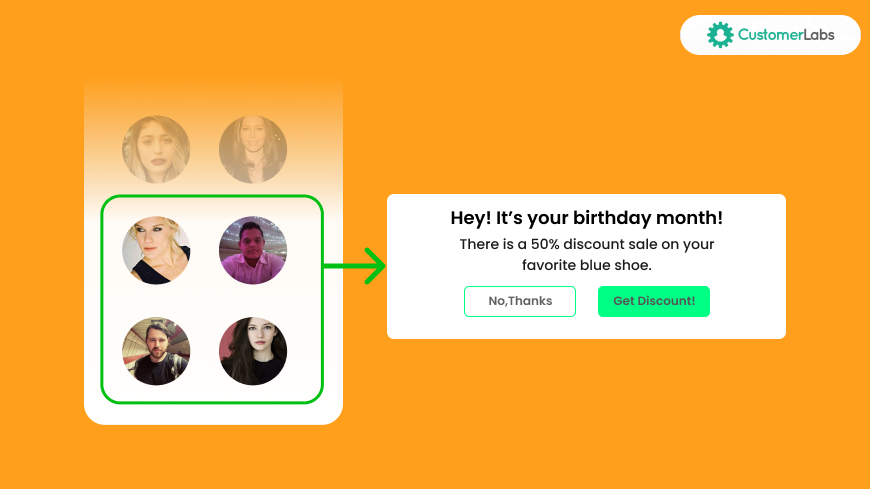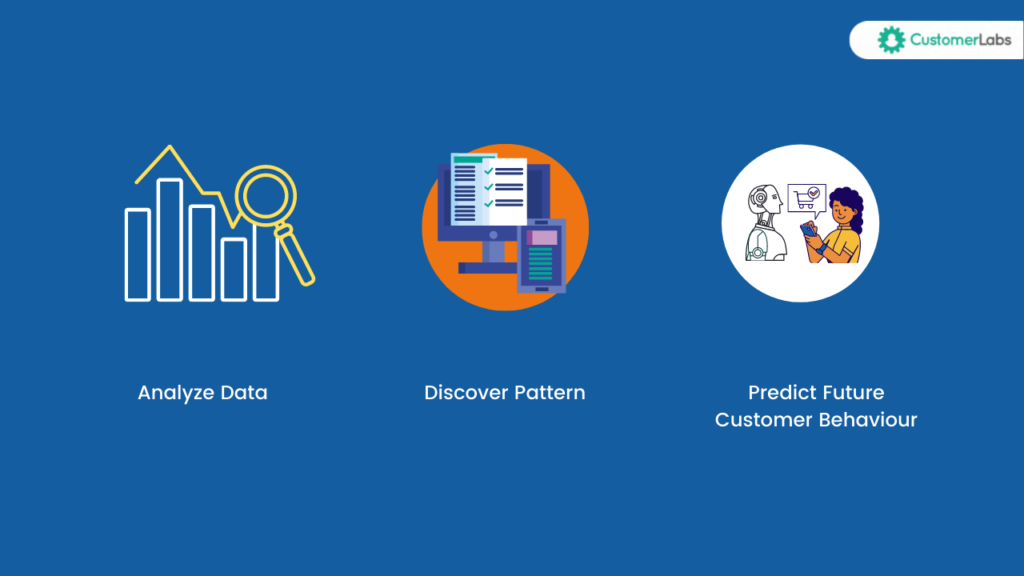BFCM and holiday season sales are around the corner in less than 2 to 3 months.
Imagine, if you can target and remarket the website visitors of the last 6 months who have just added to the cart but not purchased?
For example, a user will have ads across the Google apps for the shirts that he was looking for like last 6 months and is now on sale with a 30% offer.

By the way, what is remarketing?
Google’s remarketing enables sites to show targeted ads to users who have already visited their site. Past visitors will see these ads while they are browsing the web, watching YouTube videos, or reading news sites, for example—keeping your brand top-of-mind and enticing visitors to come back for more.
Why you SHOULD do remarketing for this holiday season sales?
Google’s display remarketing banners are crazy!
The Google Display Network reaches 92% of all Internet users across all platforms say it is on YouTube when you’re watching a video or reading news on Chrome.
Even after the user leaves the site, when they browse other parts of the web, you are gaining brand exposure and becoming more recognizable to your target audience, raising trust and making them more likely to purchase from you.
However, Google recommends efficiently targeting the users based on their demographics, interest, and other user behavior to reduce ad costs and better conversion rates.
Rather than the old school targeting of all website visitors, Google recommends segmenting the audience who have made a purchase and who have not into separate remarketing lists. By niche targeting, there will be increased ad relevancy and a lower cost per click.
For BFCM and Holiday season sales – Must have ecommerce audience segments:
Unlike Universal Analytics, GA4 has an amazing audience segmenting feature by which marketers can segment the user based on actions, interest, purchase history, demographics, product-based, category-based, and what not and run personalized ads on Adwords which reflects across the Google platforms.

For this BFCM and holiday season sales, marketers can re-activate all the visitors in last the 6 months by segmenting them in various combinations.
Reactivate the audiences:
You can create audiences of the users who have added to the cart, and also have items on the wishlist but not purchased in the past 6months and bring them back to the funnel with the exclusive offers.
Some audience reactivation segments:
- Users who added to the cart but not purchased in the last 6months
- Users who have items on the wishlist but not added to the cart in the last 6 months
Check out how are we prepping the ecommerce marketers for this BFCM and Holiday season sales to improve the ROAS 2-3X.
Segment based on the interest:
Create the cohort based on the purchase history, gender, frequent buyer, first-time buyer, etc, and target them with the relevant ad communication.
- Users who have purchased more than one once in the last 3months
- Users who are first-time buyers in the 3 months. (Use the “NoMoreHovering30%Off” code if you’re a first-time buyer)
Let’s say if you’re a fashion brand ecommerce marketer, you will have the users stuck in the mid-funnel with various intents like added to cart, wishlist, product view, going through product details, etc. These audiences can be reactivated for this year-end sales.
Your mid-funnel audiences are the gold that has been left unnoticed.
Check out a few mid-funnel audience segments:
Must have audience segments for Fashion marketer:
- Segment the user who has more than 5 products on the wishlist
- Users who have products on the wishlist but have not added them to the cart in the last 60days
- Users who have added to the cart but have not purchased in the last 60days
- Users who have visited the product details page more than 3times in the last 90days.
Read more on how fashion marketers can double the sales for this BFCM and holiday season sales 2022.
What is Dynamic Remarketing?
– “Dynamic remarketing for tailor-made ads for this X-Mas sales”
Unlike remarketing with analytics (the non-dynamic version), where, the audience definition is based on the default metrics and measurements ( like session-based behavior, age, gender, and interest) – in dynamic remarketing, you update your page tags with vertical-specific attributes so that you collect additional information and can further refine audiences based on those attributes.
Little too much of big words? Ok. Let me simplify.
Dynamic remarketing shows the user’s ads relevant to the specific products and services they viewed i.e. you target the user with neon color shoes saying,” Your wait is over. We’re good to go”- based on the interest and purchase history of the user.
When you remarket the user by the products they view or read, purchase history and top preferred item for the user is – Dynamic remarketing.
Use cases for dynamic remarketing:
Segment the users who browsed pink shoes: By dynamic remarketing, you can segment the users who have added specific products and cohort them and run personalized ads.
For example, you can segment the users who have side-by-side refrigerators and french-door refrigerators on the wishlist for more than 2 months.
Explore Predictive audiences:
With the user behavior pattern, you can predict the user behavior like,
- Likely to make a purchase in 7days
- Likely to make the first time purchase in 7 days
- Predicted 28-day top spenders
- Likely to churn in 7days etc
Users who have the potential to convert with a little nudge can be identified using predictive audiences. For example, if the user has spent time reading the product details are likely to convert.
Using the technology of machine learning, analytics goes beyond the behavior data and google signals and finds the pattern of users who are likely to convert.

And these audiences can be sent to Google Adwords for running personalized ad campaigns.
Takeaways:
The one and only key takeaway are to migrate to GA4 from Universal analytics as soon as possible to make the most during the BFCM and holiday season sales. During the previous BFCM, there was a 38% drop in the ROAS due to privacy laws and iOS’14+ updates.
And moving from UA to GA4 as early as possible is the wisest move now.
Having said that, when talking about audiences, other than default GA4 audience segments, if the marketer wants to create a dynamic remarketing list or target any specific audiences like,
users who checked out pink shoes or users who went to the payment page and left the site and etc., marketers need to add specific tags to the existing dozen of tags which requires developers’ support and enormous time.
We have been collecting the first-party data (known and anonymous website visitors) and segmenting them in any combination say product-based, category-based, behavior-based, etc, and run ads on all the ad platforms with zero developer support.
If you wish to talk to us about how easily you can set up personalized ad campaigns and provide an omnichannel experience to the users, schedule a call now with the first-party data strategist.


